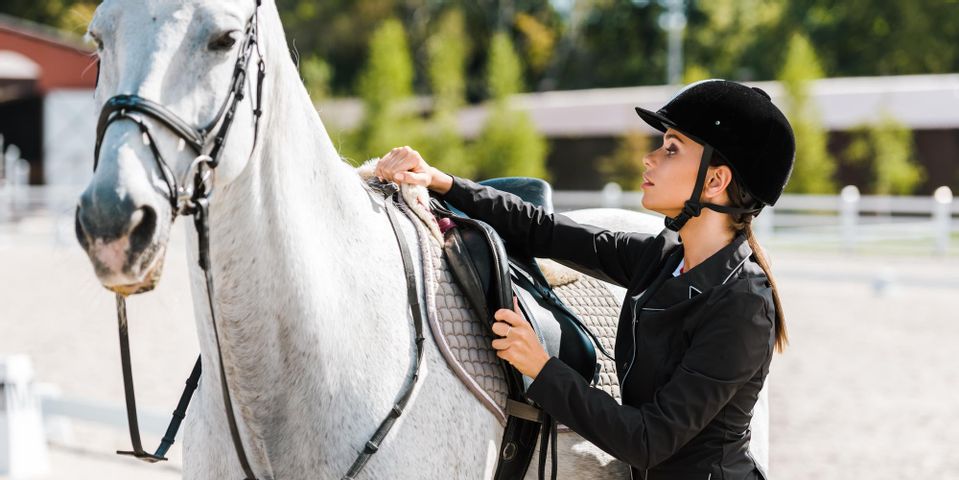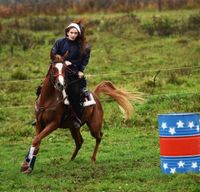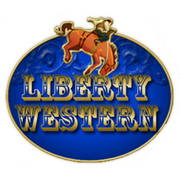
The purpose of a saddle is to allow the horse and its rider harmonious movement and comfortable transportation. Though this purpose hasn’t changed, functionality and diversity in style have. Different riding activities and principles are split into Western and English disciplines. The guide below outlines the fundamental differences between Western and English saddles along with the activities they entail.
A Guide to Western & English Saddlery
Equipment & Materials
Western saddles distribute weight evenly on the horse’s back. They’re built on wooden trees covered in rawhide and coated with varnish. Sheepskin or wool is fitted underneath the seat to provide cushioning for you and the horse.
They feature a variety of components suited to different riding activities. The horn fitted at the top of the seat is used for roping cattle, while hobble straps and stirrup leather offer sturdiness and security for barrel racing.
English saddles are smaller and lighter than their Western counterparts. They’re built on laminated wood trees and reinforced with steel underneath the arch.
They’re not as all-encompassing as Western styles but still serve a host of horseback activities. Their deep seats accommodate dressage needs for equestrian performances, while wide flaps are used for cushioning during jumping shows.
Riding Styles
 Western saddles are crafted for intensive labor, which includes roping, barrel racing, and reining. Roping styles have a strong horn for lasso usage and a low cantle for an easy dismount. Racing styles accommodate the need for speed by fitting cantels to the rider for security during sharp turns and stops. Large seats are typical for reining so that the rider can sit farther back on the seat and allow movement for the horse to perform circles, spins, and sliding stops.
Western saddles are crafted for intensive labor, which includes roping, barrel racing, and reining. Roping styles have a strong horn for lasso usage and a low cantle for an easy dismount. Racing styles accommodate the need for speed by fitting cantels to the rider for security during sharp turns and stops. Large seats are typical for reining so that the rider can sit farther back on the seat and allow movement for the horse to perform circles, spins, and sliding stops.
English saddles are predominantly used for recreational or entry-level riding. They’re more fitted to the shape of the horse rather than the rider. For dressage purposes, in particular, they’re altered to accommodate position and balance requirements.
Seats may be higher or lower depending on the groove of the horse’s back, while long, straight flaps place the rider’s legs closer to the horse’s side to signal to canter or perform pirouettes. For jumping shows, shallow seats and forward flaps allow for stability during movement and optimal positioning.
Explore your saddlery options with the help of experts at Liberty Western in Lebanon, OH. They offer an extensive selection of horse accessories, Western apparel, and animal feed. From trail-riding to roping saddles, this cowboy boutique is dedicated to providing you and your horse with the perfect riding equipment. Gear up for your next ride by calling (513) 933-0900 with any questions, and visit their website for more information about their products.
About the Business
Have a question? Ask the experts!
Send your question

